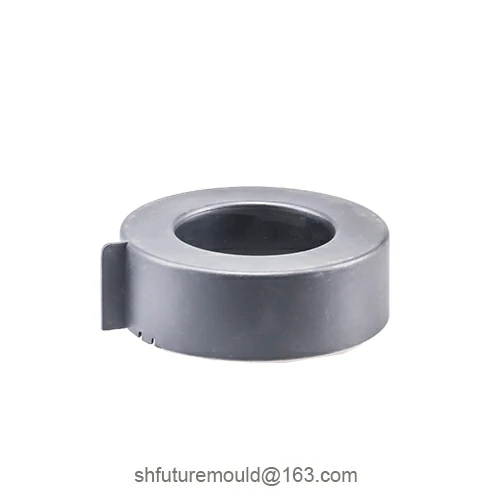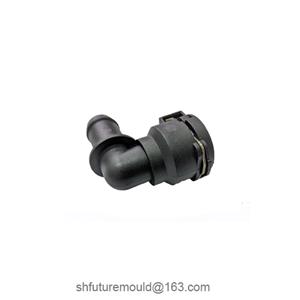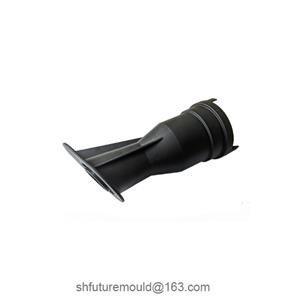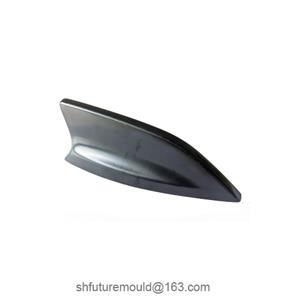How is the Hardness of Mold Steel Expressed?
The hardness of mold steel is typically expressed using a hardness value.
Common Hardness Measurement Methods:
Brinell Hardness (HB): A hardness value obtained by pressing a hardened steel ball of a certain diameter into the surface of a material under a specific load and measuring the surface area of the indentation.
Rockwell Hardness (HR): A hardness value determined by pressing an indenter of a specific shape into the surface of a material under a certain load and measuring the depth of the indentation. Rockwell hardness is further divided into scales such as HRC, HRB, and HRF, with HRC being the most commonly used scale for measuring mold steel.
Vickers Hardness (HV): A hardness value calculated based on the diagonal length of the indentation produced by pressing a diamond pyramid indent into the surface of a material under a specific load. Vickers hardness is suitable for measuring thin sheets, small parts, or materials with high hardness.
Significance of Mold Steel Hardness:
Wear Resistance: Mold steel with higher hardness exhibits better wear resistance, enabling it to withstand greater friction and impact forces, extending the mold's service life.
Material Strength: Hardness is correlated with the material's strength. Generally, higher hardness indicates higher material strength.
Machinability: Excessive hardness increases processing difficulty and reduces processing accuracy, while insufficient hardness may not meet the working requirements of the mold.
- Injection Mold
- Automotive Injection Mold
- Electronics & Electrical Injection Mold
- Consumer Goods Injection Mold
- Airplane Components Injection Mold
- Medical Components Injection Mold
- Irrigation Components Injection Mold
- Injection Molds




